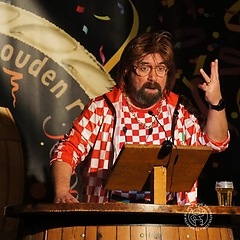Gamelan is the name for both the instruments and the music; it comes from the word gamel which means to beat or whip. It is a collection of percussion instruments, played by hand or with a baton/hammer, and consists of:
- saron and peking (for the melody)
- bonang (for sound variation, sound depth, embellishment, additional effects)
- gong (punctuation, indicates phases and phrases in the melody)
- kendang (temperament, rhythm, tempo, end)
Building the instruments requires heavy manual work. The sound plates are made after a long process of cutting and hammering iron. The kendang (drum) is made of hardwood and leather. The wooden bases are simply painted and decorated.
Gamelan serves as musical accompaniment to various forms of performing arts: wayang kulit (shadow theatre with leather puppets); wayang wong (live theatre), tayub/janggrung (dance and song festival), ludrug (playful folk theatre), jaran kepang (horse dance), serimpi (traditional Javanese dances) and tembang (sung poetry). These are performed at community festivities and organised by socio-cultural organisations, including the commemoration of the arrival of the first contract workers in Suriname, Idul Fitr (Eid), New Year, as well as at personal events: birthdays, weddings, anniversaries, inaugurations and so on. Performances also take place at the invitation of heritage partners and institutions.
Gamelan lessons include playing technique, recognition of sound and rhythm and ensemble playing. The dynamism is expressed, among other things, in the colouring of the music with influences from Surinam's rich musical traditions. In the course of time, modern pieces have been written as well as classical ones. There is room for new melodies and new applications, for refinement and adaptation.



